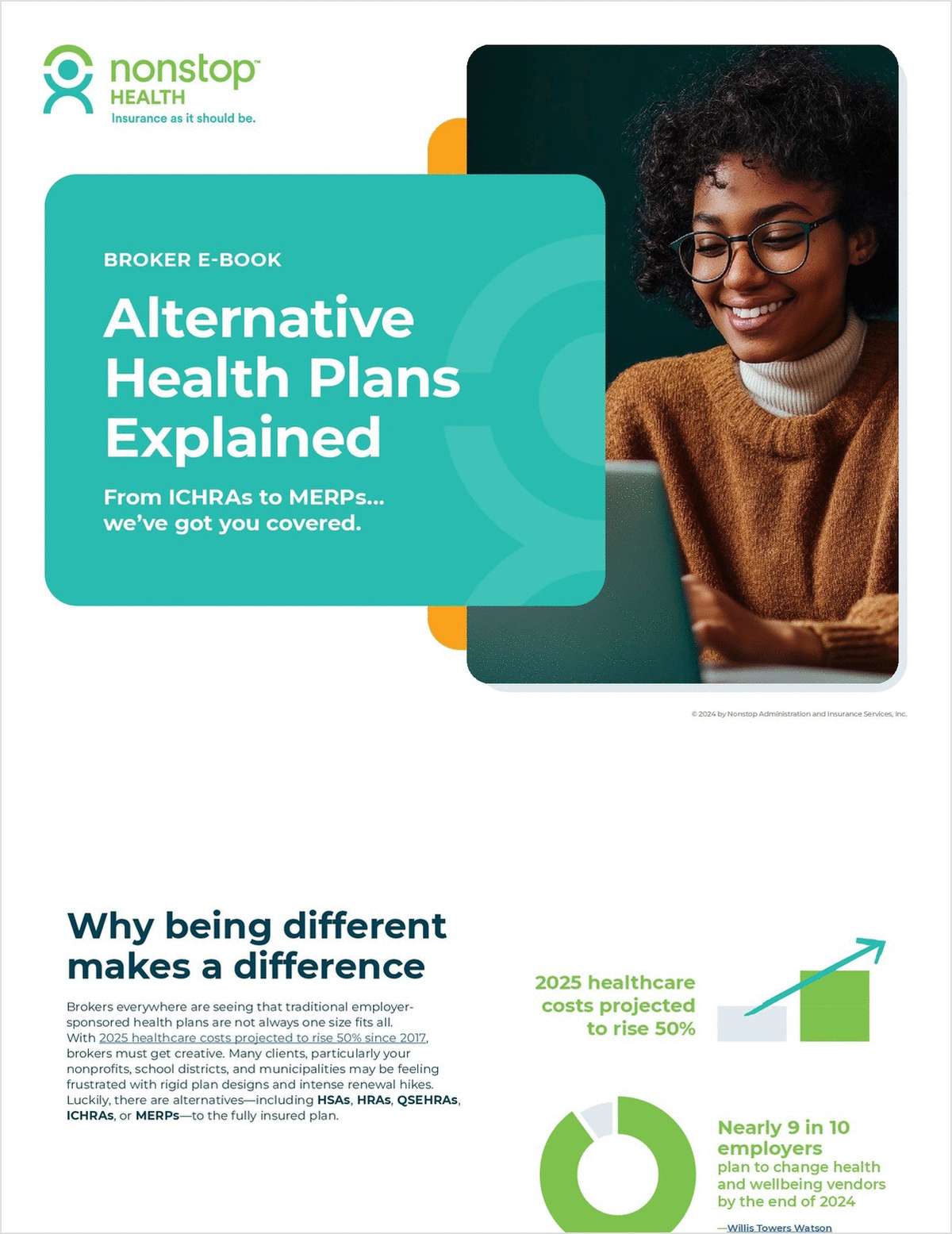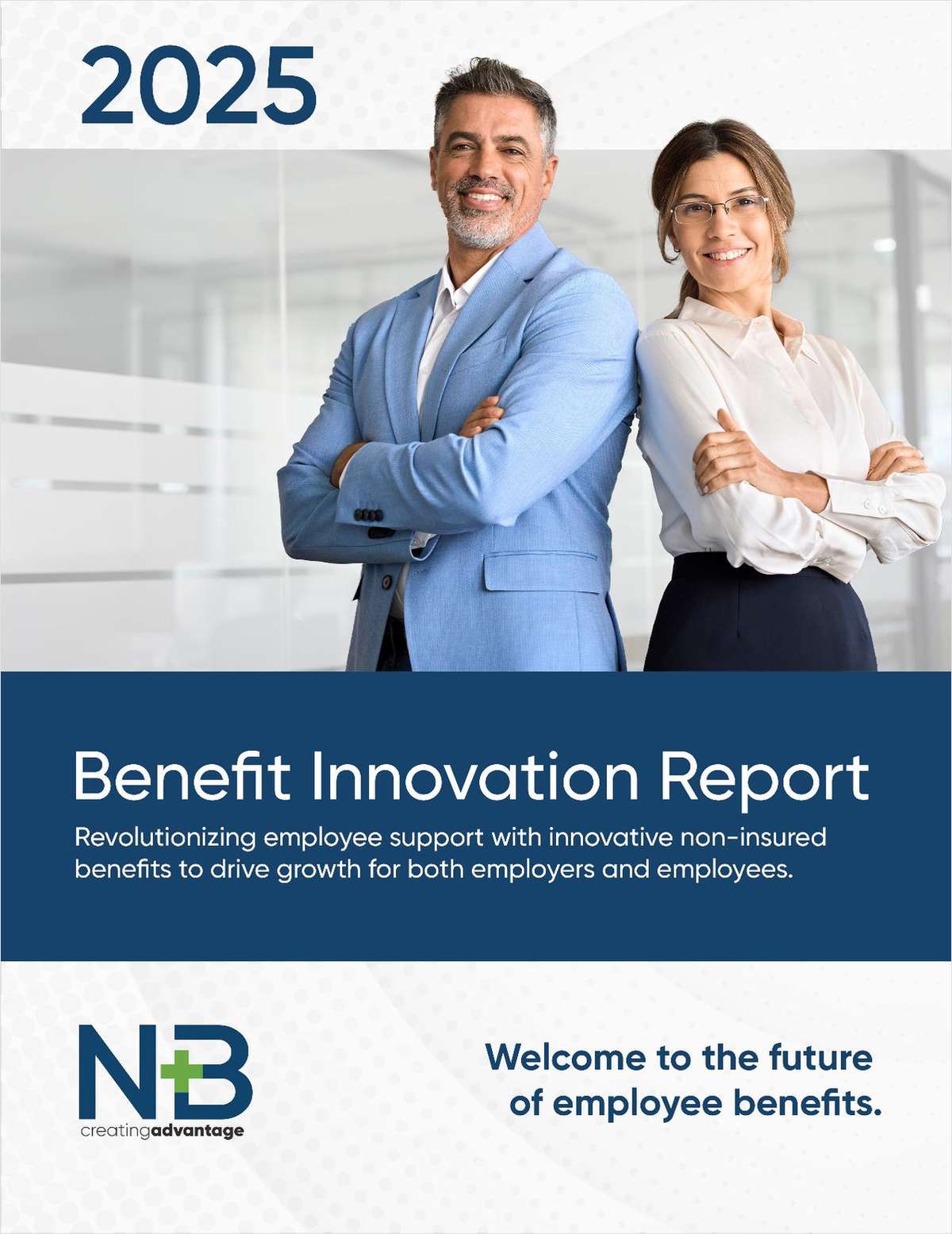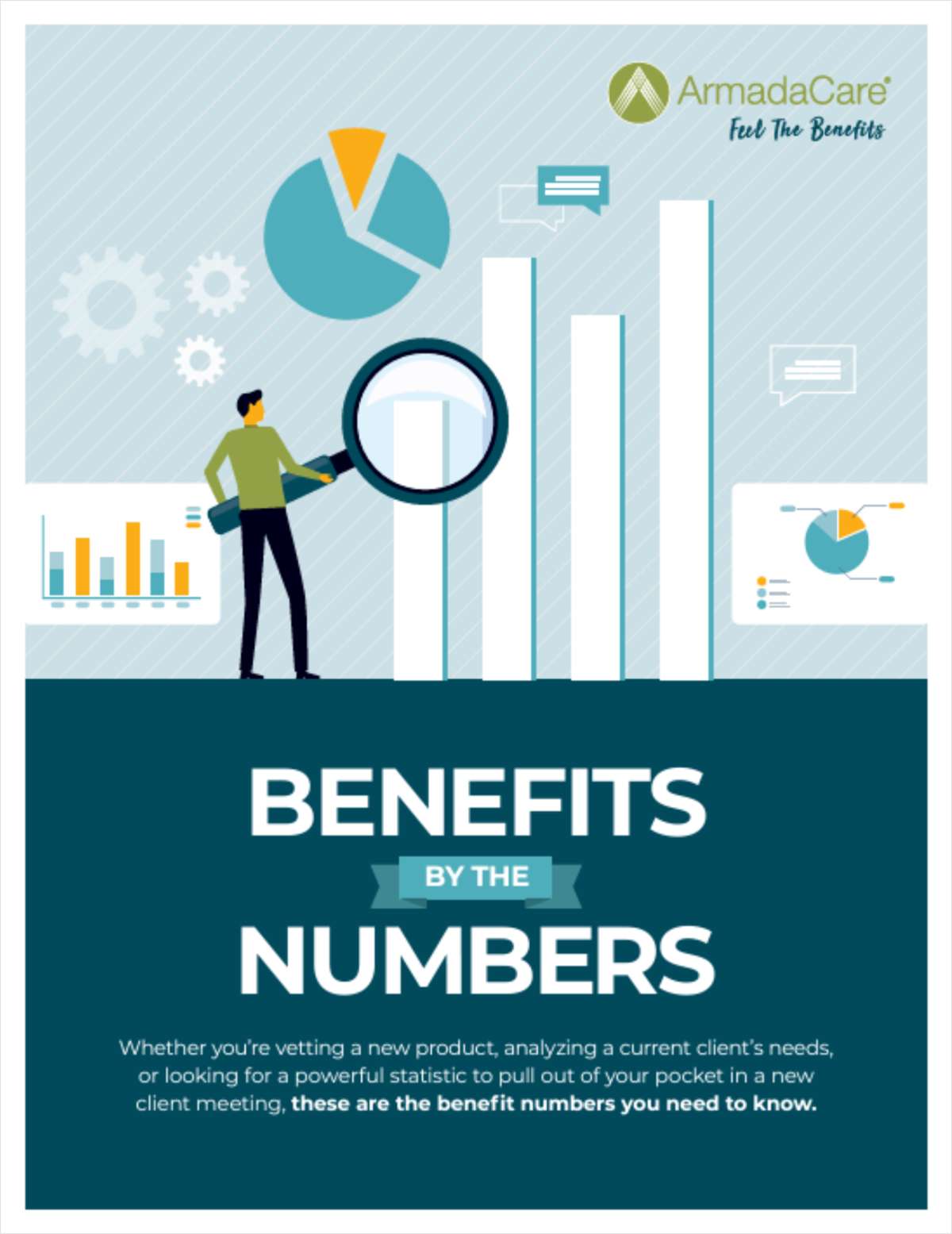You can't blame the average investor for confusing an investment's annual return with its annual yield. For centuries, trustees and their beneficiaries have focused on the income an estate yields, not the growth in its value. Indeed, as explained in "7 Deadly Sins Every ERISA Fiduciary Must Avoid: The 1st Deadly Sin – 'Income Matters'," the barons of medieval England forced King John to sign the Magna Carta in 1215AD partly because the king's trustees had been looting the estates of widows and orphans in part to help the king fund various unpopular policies. Back then, an estate's yield didn't come with decimal points and percentage signs. It came in bushels and on bones. It didn't fill abstract things like bank accounts. Instead, it filled the very real need of hungry stomachs.
A solid six centuries later in 1830, one of the seminal cases of American trust law (Harvard College v. Amory) re-emphasized the predominant importance of income and asset safety. Over the next hundred years or so, trustees and remaindermen (those beneficiaries who inherit the assets of the estate once the income beneficiaries die), discovered the rules of trustees as promulgated under the agricultural economy did not transfer too easily in the industrial age. Whereas the assets in an agricultural estate (i.e., land) tended to naturally appreciate, the assets in an industrial estate (i.e., securities) often did not.
Frustrated by the lack of growth in their portfolio, in 1969 Ford Foundation trustees issued two reports overturning Harvard College v. Amory first from a theoretical standpoint and then from a practical standpoint. It turns out the rules are different, but not just because the assets have changed. The earlier forms of trusts – the kinds addressed by the Magna Carta and Harvard College v. Amory – are of the form called a "split-interest" trust. This means the same trust has multiple beneficiaries with competing objectives – one desiring income and one desiring growth.
Complete your profile to continue reading and get FREE access to BenefitsPRO, part of your ALM digital membership.
Your access to unlimited BenefitsPRO content isn’t changing.
Once you are an ALM digital member, you’ll receive:
- Breaking benefits news and analysis, on-site and via our newsletters and custom alerts
- Educational webcasts, white papers, and ebooks from industry thought leaders
- Critical converage of the property casualty insurance and financial advisory markets on our other ALM sites, PropertyCasualty360 and ThinkAdvisor
Already have an account? Sign In Now
© 2024 ALM Global, LLC, All Rights Reserved. Request academic re-use from www.copyright.com. All other uses, submit a request to [email protected]. For more information visit Asset & Logo Licensing.








